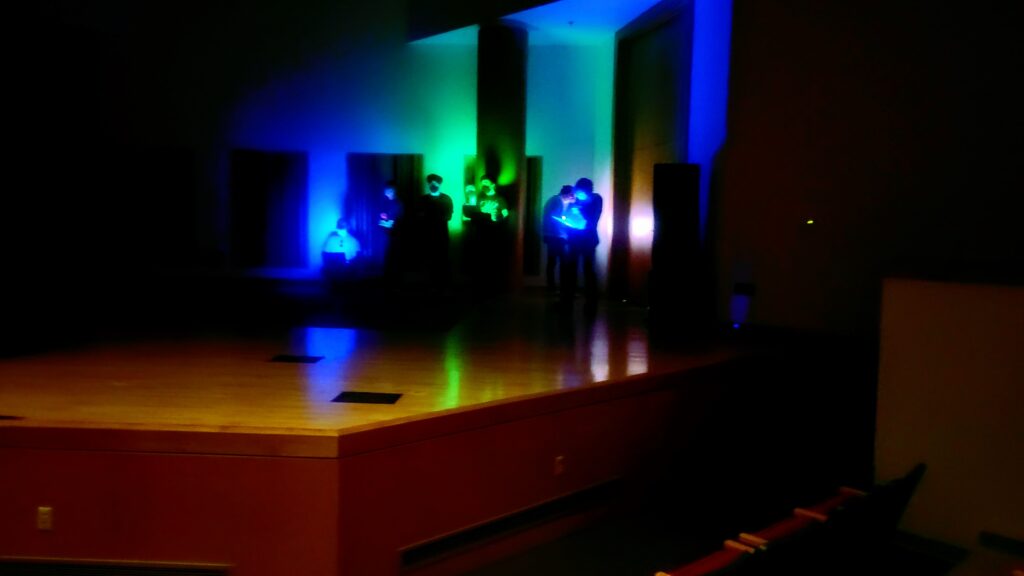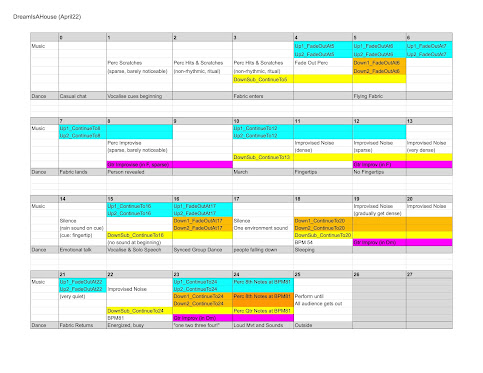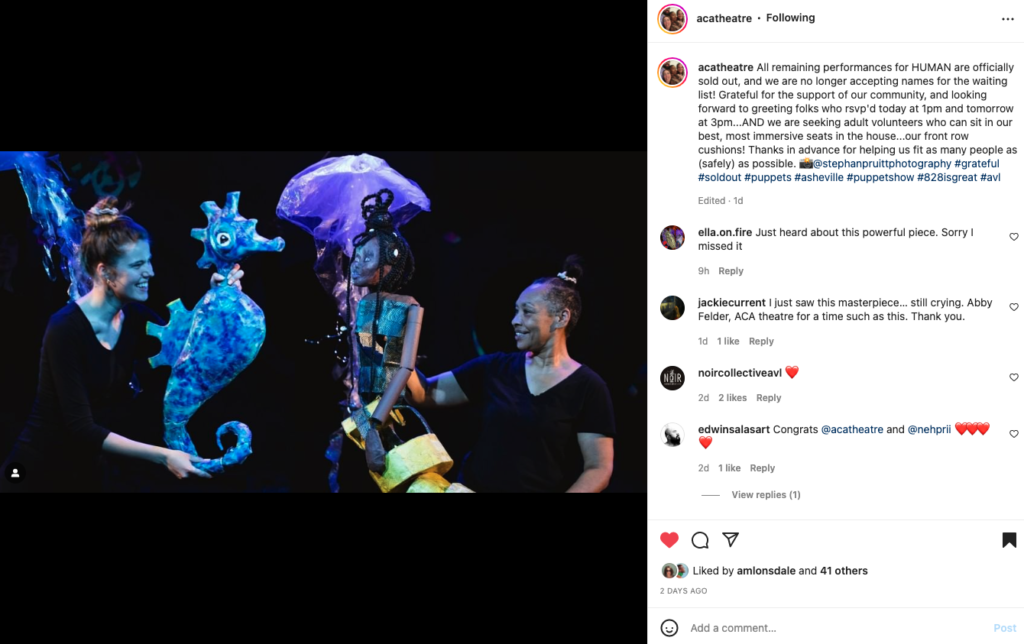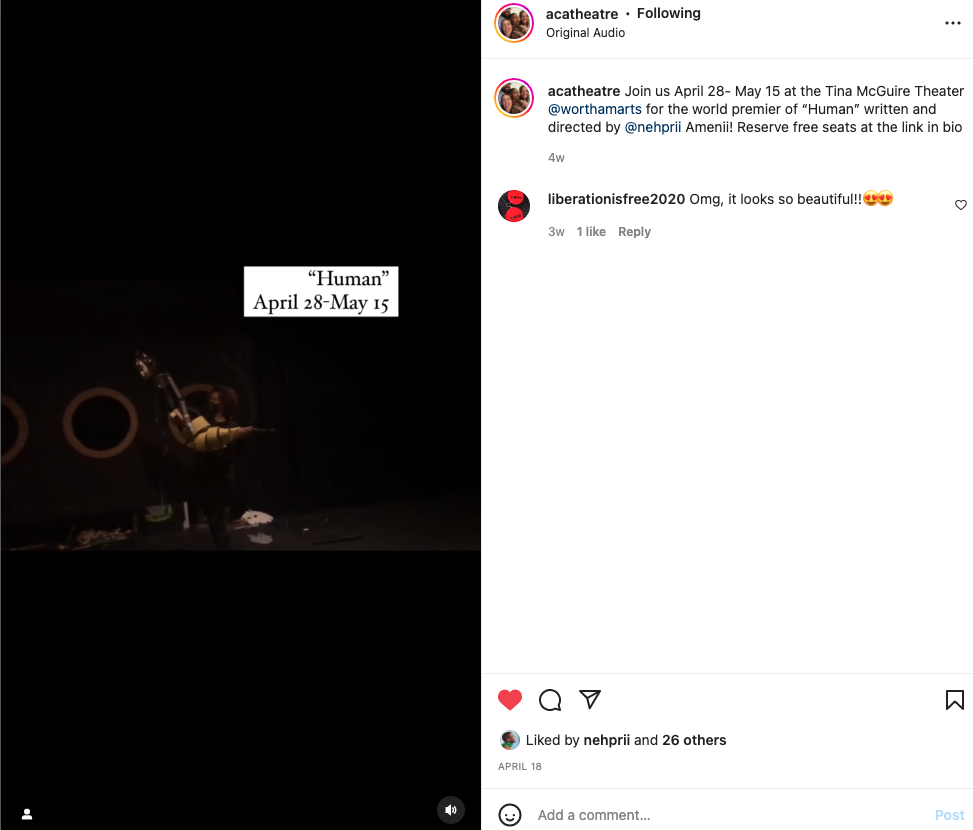On March 10, 2022, EMEWS performed Alvin Lucier’s Vespers at their Winter Concert. I made a SuperCollider patch to play the piece since I do not have access to the original 1970s technology for the piece. Also, the piece’s duration was adjusted to fit the length of the concert.

The link below contains the SuperCollider file and the score. The SuperCollider turns the performer’s laptop into a sound and light generator for the piece. The performer can freely change the rate of “clicks” and the color of the lights.
https://app.box.com/s/tep9y2rb59mq7y3weicoou0t7wmynuho
Performing Vespers in a darkened room with improvised sound and color was a memorable experience for both audience and the performer. Feel free to use the Vespers patch for your ensemble’s performance. No previous experience on SuperCollider is necessary. Just follow the instruction on the score.




